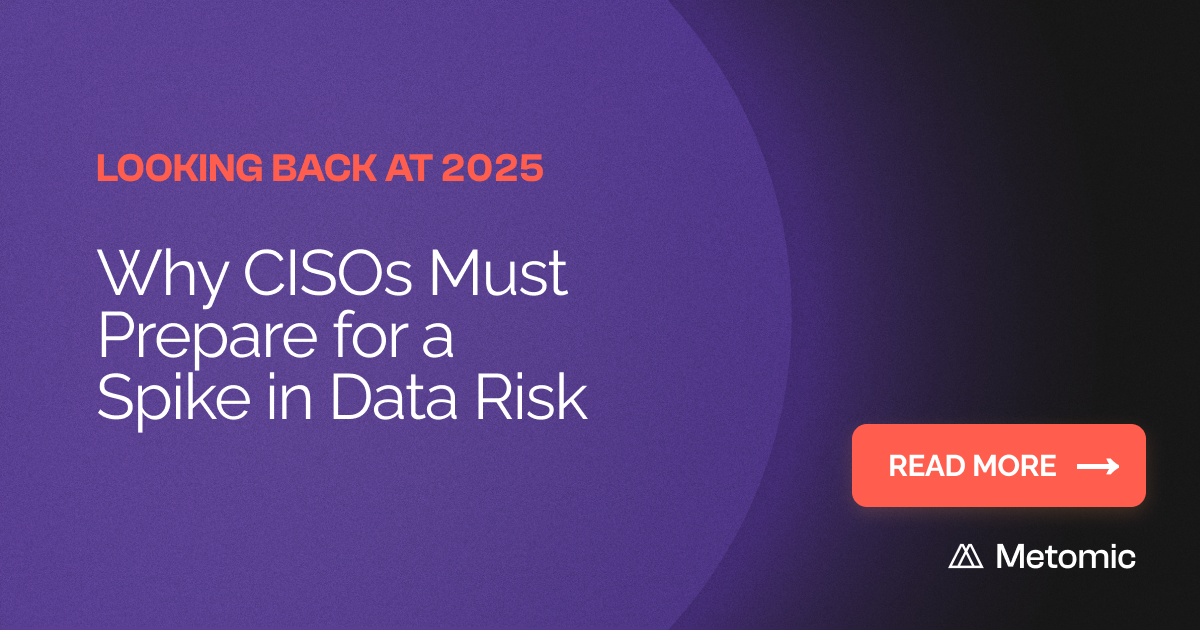Implementing Human Centric Data Security Technology to Prevent Breaches
Metomic CEO Rich Vibert outlines the key measures businesses should take to prevent a data breach in the wake of the ransomware attack on Evolve Bank & Trust.

Implementing Human Centric Data Security Technology to Prevent Breaches
Metomic CEO Rich Vibert outlines the key measures businesses should take to prevent a data breach in the wake of the ransomware attack on Evolve Bank & Trust.

Implementing Human Centric Data Security Technology to Prevent Breaches
The recent ransomware attack on Evolve Bank & Trust, affecting customer data for Affirm and Wise, highlights the critical need for watertight data security measures in SaaS environments. As a data security expert and Co-Founder at Metomic, I’m a huge advocate for the implementation of human centric data security solutions to prevent breaches, particularly those stemming from employee error.
Here are a few key measures businesses can take to help prevent a data breach.
Employee Training and Awareness
With 95% of cybersecurity issues traced to human error, it’s worthwhile training your staff to become the first line of defence in your organisation. Employees should be given regular training sessions on phishing attacks, the importance of strong passwords, and the need to regularly update software, as well as data security best practices such as where they can and cannot share sensitive documents.
Multi-Factor Authentication (MFA)
Implementing MFA ensures that even if login credentials are compromised, unauthorised access is prevented. This adds an extra layer of security beyond just passwords.
Data Encryption
Encrypting sensitive data both at rest and in transit ensures that even if data is intercepted or accessed without authorisation, it remains unreadable and secure.
Regular Security Audits and Penetration Testing
Conducting regular audits and penetration tests helps identify vulnerabilities in the system that could be exploited by attackers. Addressing these vulnerabilities promptly can prevent potential breaches.
Automated Monitoring and Alerts
By implementing automated systems that monitor where sensitive data is stored, who has access to it and how it’s being shared, alerts to administrators and employees can be generated to flag risky behaviour, and detect and respond to potential threats in real time.
Access Control and Data Segmentation
Limiting access to sensitive data based on roles and responsibilities ensures that only authorised personnel can access critical information. Data segmentation further prevents the spread of a breach within the organisation.
The Evolve Bank & Trust breach is a stark reminder that without modern human-centric data security measures, businesses are sitting on a ticking time bomb. Ignoring proactive data security is not an option and effective cybersecurity isn't just about technology; it’s about empowering employees with the knowledge and tools to prevent breaches. By focusing on human behaviour alongside stringent security measures, we can significantly reduce the risk of data breaches and better protect sensitive information.




.png)